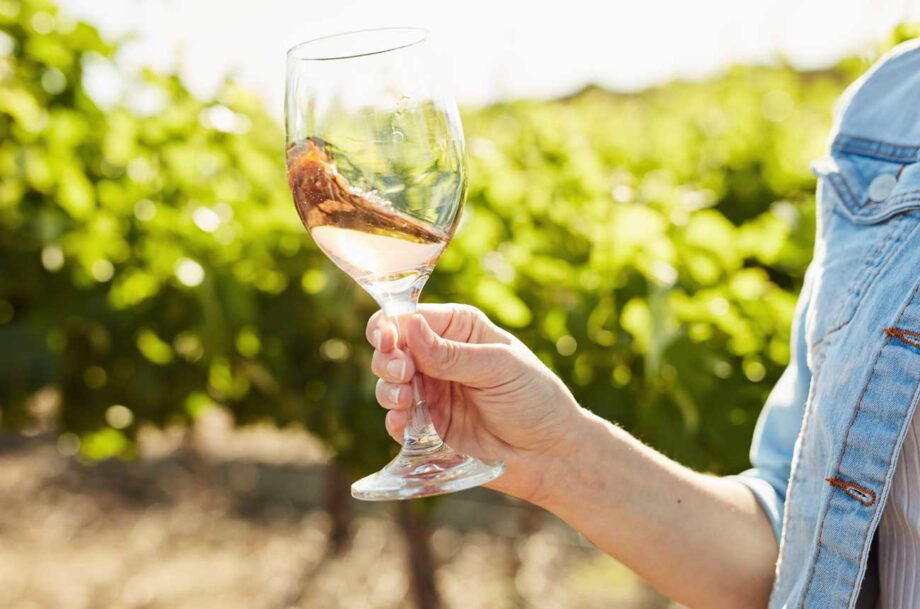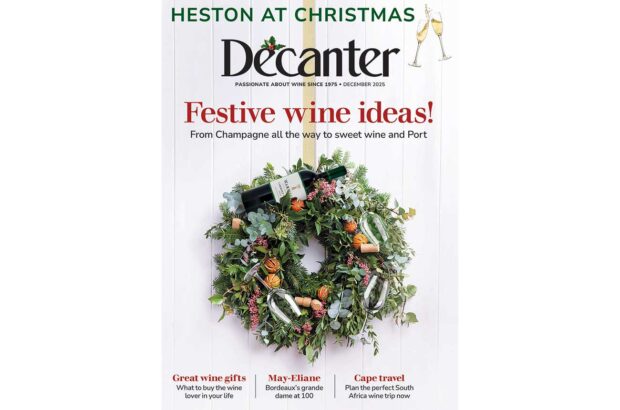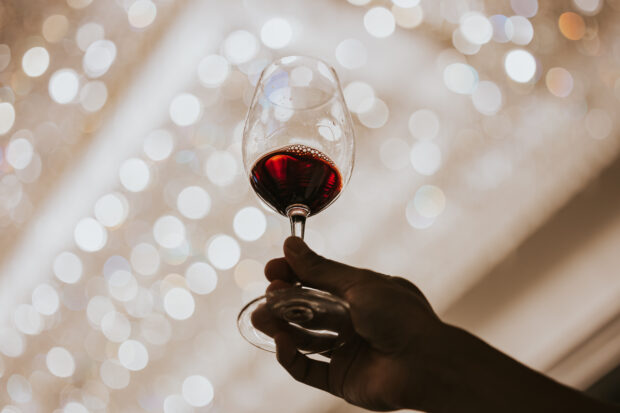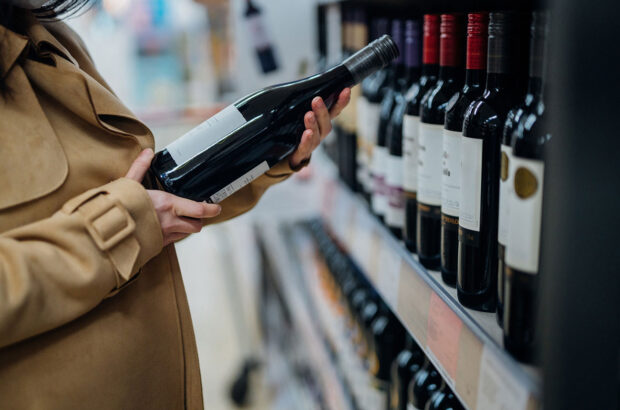In case you’ve been asleep since the millennium, the wine style that at one time dared not speak its name, has become cool (as well as cooling) over the last 20 years.
But how much do you really know about rosé? Time, perhaps, to take a look at some of the most popularly wheeled-out ‘facts’ around the summer tipple par excellence to see how true they actually are.
Rosé is just simple fruity wine
Well for starters, you could say the same thing about a lot of reds and whites as well, so anyone who tries this one as a means of doing-down the category might want to think again.
But while it’s true that the majority of pinks are designed to be pure, fruity and refreshing, there’s plenty happening besides this. Oak is perhaps the most obvious example. Some regions (like Rioja) have oaked their pinks for years. And rosé often used to be made in old foudres 40 years ago simply because producers couldn’t afford stainless steel. Some producers now are going back to those older style wines as a stylistic choice.
Others in Provence have started using newer oak vessels for some of their range, to add something different. Château d’Esclans’ Garrus is probably the most famous (and expensive) example, fermented in new (large) French oak barrels.
But building in complexity is increasingly not about oak at all. Producers are also working a lot more with lees ageing and ageing their wines in ceramic or concrete, all of which can subtly build in added layers of texture and depth that still allow the rosé to show off its character.
A bit of bottle-age can have a serious impact too (as we’ll see later). So while primary fruit is a big thing in rosé, there’s increasingly more to it than that.
Rosé is basically just Provence
On one level, this is true. Dave Green of the London restaurant/wine bar group Humble Grape told me that for most of his guests ‘if you say sparkling they say Prosecco, if you say rosé, they say Provence’.
And that shift to paler, zingier rosés has rippled across the wine world. Most wine regions are adapting their style and colour to move more into the Provence spectrum.
But while it’s true that Provence has kick-started the zippy, dry rosé renaissance that many other regions have imitated or been influenced by (and are now cashing in on), it’s not the only pink in town by any stretch of the imagination.
A Drink Pink Wednesday event in London over the summer showed 200 different rosés, with a wide range of colours and styles, from light-red to near-transparent, and gossamer ethereal to beetle-browed and brooding.
Exploring richer, older and deeper-coloured rosés is a wonderful opportunity to extend your wine education. Not least because pinks from these less fashionable areas are often really good value for money.
Rosé is ok on it’s own, but it’s no good with food
Let’s just dive in here and ask people who do this for a living, shall we?
‘People still have preconceptions of rosé as something to chug ice cold as an aperitif, not as a wine of serious gastronomic potential,’ says Stuart Skea at Michelin-one-star Lyla in Edinburgh. ‘But for me it is an essential tool in the sommelier’s arsenal.’
Skea reckons it’s a reliably excellent partner for sweeter shellfish (think prawns, scallops and lobster), while fuller-bodied pinks can do a fine turn with lamb and sauce vierge. Anything with tomatoes/tomato sauces, too, he says, can be ‘fabulously fun to pair rosés with’.
Other ‘100% matches’ include salade niçoise or grilled tuna (ideally with the muscularity of a Bandol or Tavel) and risotto Milanese with a Sangiovese rosé.
You should never put ice in your rosé
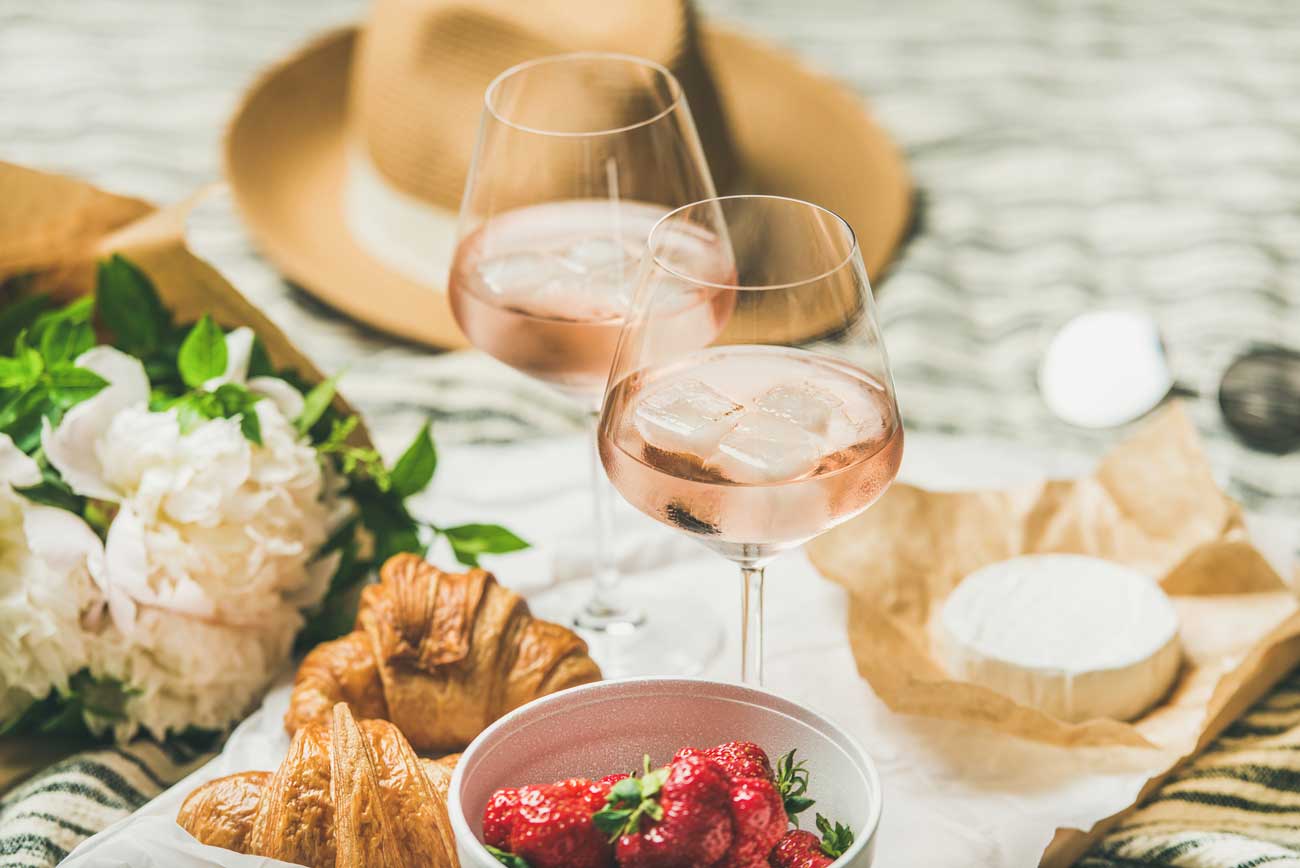
Credit: Foxys_forest_manufacture / iStock / Getty Images Plus
Purists might shudder, but it’s not the worst wine crime in existence. In fact, it’s pretty common on the beaches and terraces of the south of France – and let’s face it, they should know.
Three or four well-sized glaçons could be just the thing if you get served something unpleasantly tepid this summer – particularly if it’s at 13.5% or 14% abv. Just don’t take so long to drink it that it becomes completely diluted.
Rosé is just a summer wine
See points ‘simple and fruity’ and ‘basically just Provence’ above. There are loads of different styles of rosé out there. Some of them are the equivalent of a summer holiday book – easy to plough through without thinking too much – others are more thoughtful.
50km south of Vienna, Schandl makes some lovely deeper-coloured rosés that play with concrete, lees ageing and 600-litre old oak barrels. They’re multi-layered wines with flavours of truffles and damp earth, as autumnal as any Barolo and great matches for even quite powerful (cooler-weather) food.
Magnums of rosé are just for showing off
True up to a point – after all, big bottles always create something of a stir. But also, if you have a decent-sized gathering and everyone’s on the pink stuff, it’s a lot more convenient to open one large bottle and keep pouring from it than to go looking for a corkscrew every five minutes.
One strange-but-true fact. Rosé looks darker in a magnum (because there’s more liquid for the light to get through), so will look a lot paler once you pour it into a glass. If you do go for the 1.5-litre bottle, don’t be afraid of a slightly darker colour.
Oh, and make sure you keep it covered (see ‘show off the colour’ below).
The paler a rosé the better it is
This depends whether your definition of ‘good’ also equals ‘Provence-like’ – which by now I’m hoping you’ll realise it shouldn’t. There’s plenty of very average Provence-like pink out there, and plenty of good deeper-coloured rosé too. Go ahead and drink around a bit. What’s the worst that could happen?
While we’re batting for the less fashionable rosé styles, could we suggest that you don’t completely dismiss those sweeter frizzante styles like Mateus or Lambrusco. They can be a useful (and cheap) ally with spicy food!
Rosés should be drunk super young
The key word here is ‘should’ because as much as anything, this is a question of taste – there’s no particular reason why they need to be drunk before their first birthday. Young rosés tend to have more thiol-flavours (think grass, pink grapefruit) but after a year, these compounds start to die back and other, less-showy flavours start to come through. So if your white wine preference is more in the Chardonnay than Sauvignon Blanc spectrum, for instance, you might well prefer rosé with a little age on it.
Just like reds and whites, rosés change colour, structure and flavour over time. At Le Fraghe in Italy’s Bardolino DOC, Matilde Poggi’s wines are released three or four years after vintage and are poised and poetic. ‘Not every rosé can be drunk with age,’ she says. ‘But for roses of terroir, they do improve with some years in the bottle.’
Rosé is a great colour – so show it off
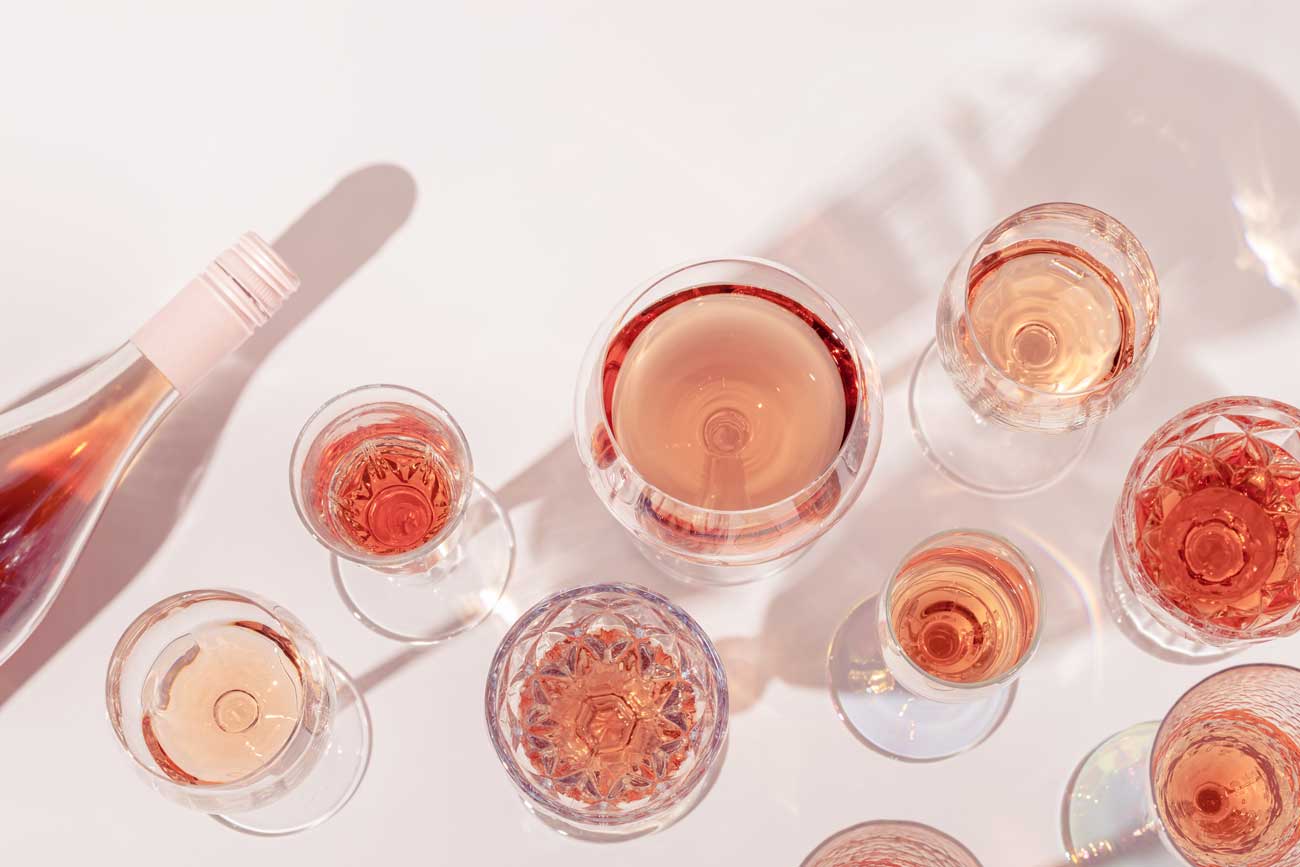
Credit: yrabota / iStock / Getty Images Plus
More than any other wine style, rosé is bought with the eyes. That pale pink colour is a sure-fire winner. However, there’s a big BUT… Rosé is a delicate wine, and it’s particularly susceptible to a phenomenon called light-strike; essentially, a fault that develops when the wines are exposed to direct light.
At low levels it can make the wine’s flavours rather muted; at its worst it can create really unpleasant off-notes in the cabbage/pond water spectrum. If you’ve ever had a really skunky rosé, that could be the reason why.
The best defence would be for wineries to use dark brown bottles (which Le Fraghe, for instance, does for older wine) – but then you can’t see the lovely colour, which is such a selling point! So assuming that isn’t going to change, what can we do to protect our precious pinks?
Basically, treat them like a pale-skinned guest, whose eyes are sensitive to light. If you have rosé at home, keep it away from direct sun (ideally somewhere dark) and once it’s out for pouring keep it in an ice-bucket and, if it’s outside cover it up with a tea towel. That way it should still taste as its creator intended.

